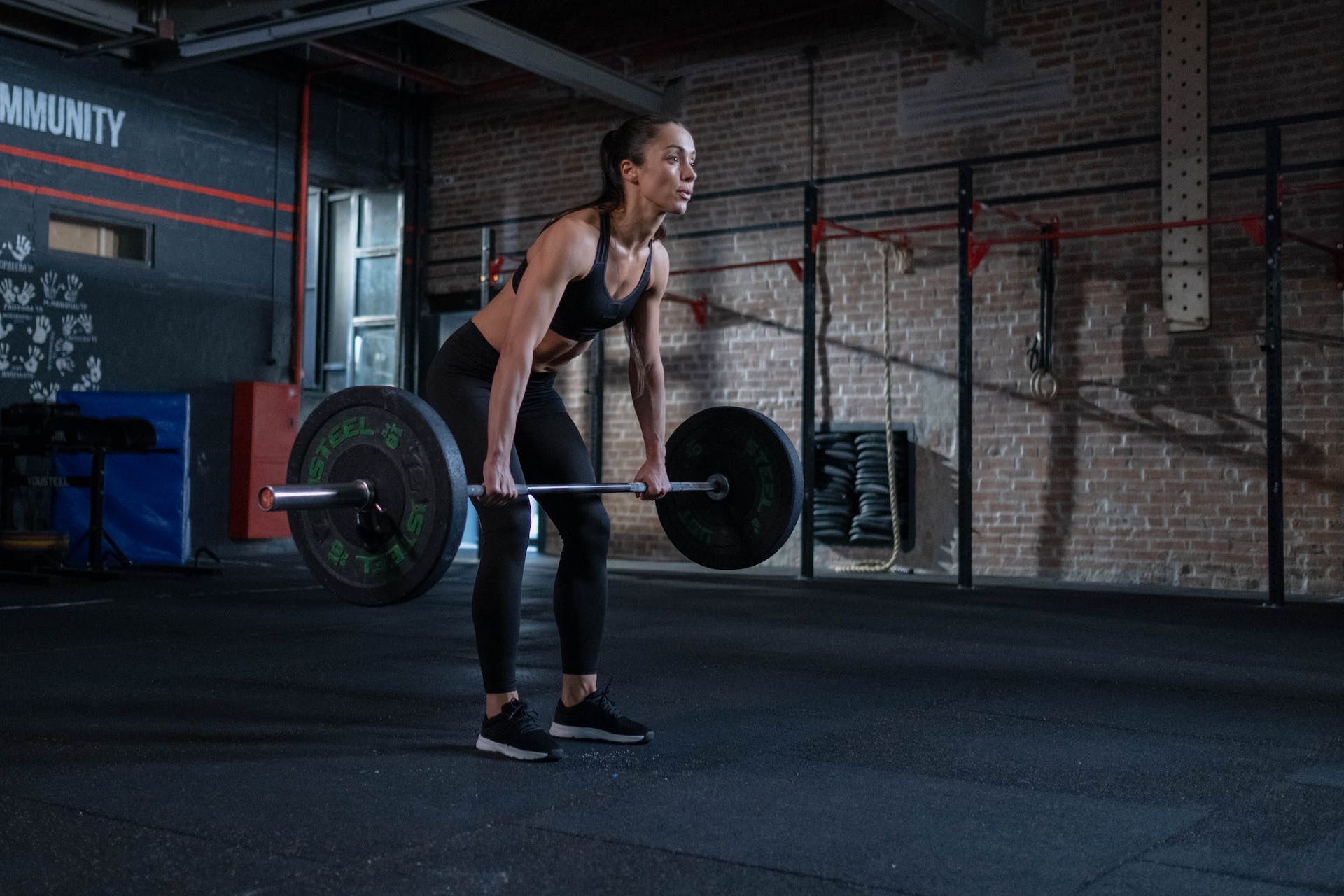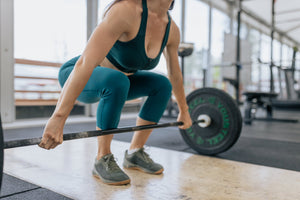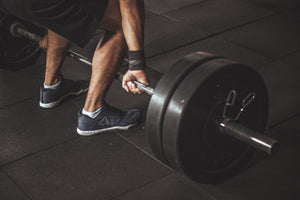
Is a 500 lbs (226 KG) Squat Possible?
The squat is a fundamental movement in strength training, renowned for its ability to build muscle, increase strength, and improve overall fitness. The question of whether a 500 lbs (226 KG) squat is possible is one that has intrigued fitness enthusiasts and professionals alike. The answer is a resounding yes, but it requires a combination of factors including proper training, nutrition, and genetics. In this comprehensive guide, we will delve into these factors and provide insights on how to achieve this feat.
Understanding the Squat
The squat is a compound exercise that involves multiple muscle groups, primarily the quadriceps, hamstrings, and glutes. It also engages the core and lower back, making it a full-body movement. The squat is performed by bending at the hips and knees, lowering the body as if sitting back into a chair, and then standing back up to the starting position.
There are several variations of the squat, including the back squat, front squat, and overhead squat. The back squat, which is the focus of this discussion, involves placing a barbell across the upper back and performing the squat movement. This variation allows for the heaviest loads to be lifted, making it the most suitable for our 500 lbs (226 KG) goal.
The Journey to a 500 lbs Squat
Achieving a 500 lbs squat is not an overnight process. It requires consistent training, proper programming, and a focus on recovery. Let's delve into these aspects.
Training
Training for a 500 lbs squat involves a combination of volume (the total amount of weight lifted) and intensity (the heaviness of the weight relative to your one-rep max). A well-structured program will include both high-volume, lower-intensity sessions to build muscle and low-volume, high-intensity sessions to build strength.
Technique is also crucial in squatting heavy weights. Proper form not only reduces the risk of injury but also allows for more efficient force production. Key points of technique include maintaining a neutral spine, keeping the knees in line with the toes, and driving through the heels.
Programming
Programming refers to the design of your training plan. For a 500 lbs squat, a periodized program is recommended. This involves cycling through phases of high volume and low intensity, and low volume and high intensity. This approach allows for optimal muscle growth and strength gains, while also managing fatigue.
Progressive overload, the gradual increase of stress placed upon the body during exercise, is another key principle in programming. This can be achieved by increasing the weight lifted, the volume of training, or the intensity of training over time.
Recovery
Recovery is often overlooked but is crucial in the journey to a 500 lbs squat. This includes adequate sleep, nutrition, and active recovery methods such as stretching and foam rolling. Without proper recovery, progress will be hindered and the risk of injury increased.
Nutrition plays a key role in recovery. A diet rich in protein will support muscle growth and repair, while carbohydrates will replenish energy stores. Hydration is also important, as dehydration can impair performance and recovery.
Genetics and Individual Differences
While training, programming, and recovery are within your control, genetics also play a role in your ability to squat 500 lbs. Some individuals may have a genetic predisposition that allows them to build strength and muscle more easily than others.
Individual differences such as limb length and muscle fiber type can also impact squat performance. For example, individuals with shorter limbs may find it easier to squat heavy weights due to the shorter range of motion. Similarly, individuals with a higher proportion of fast-twitch muscle fibers, which are responsible for powerful, explosive movements, may have an advantage in strength training.
Conclusion
In conclusion, a 500 lbs squat is indeed possible, but it requires a combination of consistent training, proper programming, adequate recovery, and favorable genetics. It's a journey that requires dedication, patience, and hard work. However, the rewards of achieving such a feat go beyond the physical strength gained. It also builds mental toughness, discipline, and a sense of accomplishment that can translate into other areas of life.
Remember, it's important to consult with a fitness professional before embarking on this journey to ensure you're training safely and effectively. Happy squatting!






